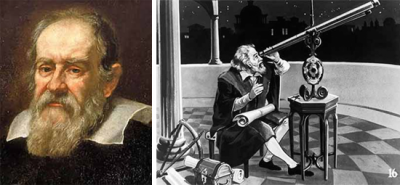
Many years ago, in 1610, Italian astronomer Galileo Galilei discovered the first moons beyond Earth. Those were the moons of the planet Jupiter, the largest planet in the solar system.
Planet Jupiter has 80 moons. There are many interesting moons orbiting the planet, but the ones of great interest to us on a scientific level are the first four moons discovered called the Galilean satellites. They are lo, Europa, Ganymede, and Callisto. Here we look at the four largest moons of Jupiter.
What is a Moon?
Moons are those celestial bodies that orbit planets and asteroids in the solar system. They are also called natural satellites. The Earth has one moon, whilst the solar system has more than 200 moons. Most of the major planets except Mercury and Venus have moons.
Jupiter and Saturn have the most moons. Four of Jupiter’s moons are named after Galileo Galilei who first discovered them.
And how were the Galilean moons formed? According to scientists, the moons were formed out of the dusty disc left after Jupiter was formed.
lo
The most volcanically active body in the solar system, lo has its surface enveloped by sulfur. Jupiter’s gravity causes “tides” that rise some 100 metres high on lo and lead to the generation of heat for volcanic activity.
Europa
Europa’s surface is covered mostly by water ice. This moon is considered to have twice as much water as Earth.
Ganymede
The largest moon in the solar system, Ganymede is the only moon that has its own internally generated magnetic field. Did you know that this moon is even larger than the planet Mercury?
Callisto
The second largest moon of Jupiter, Callisto’s surface is highly cratered and ancient. This moon is about half rock and half ice.
Picture Credit : Google




